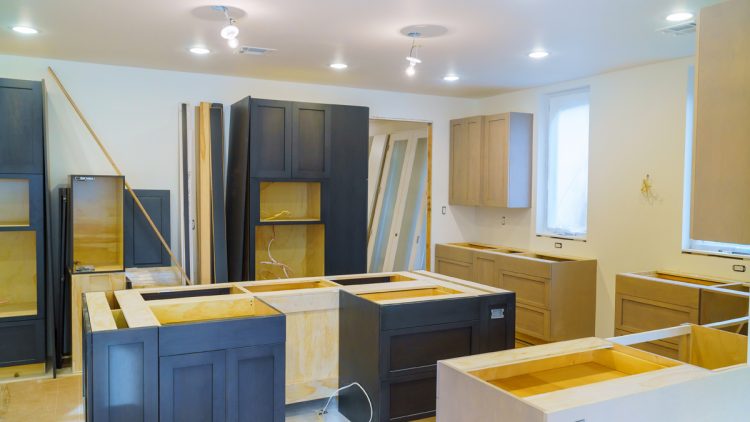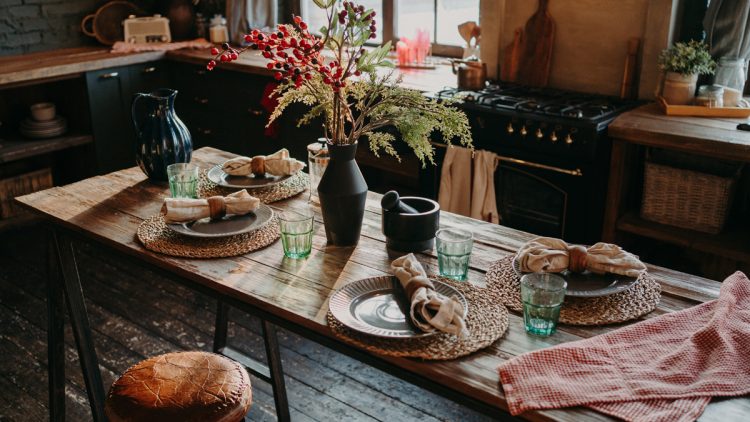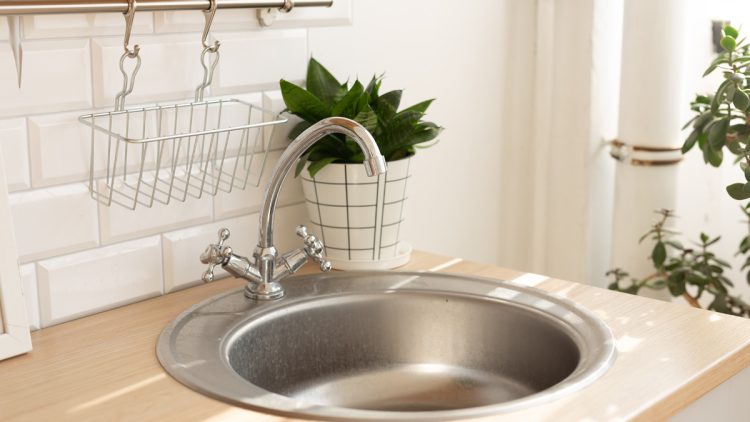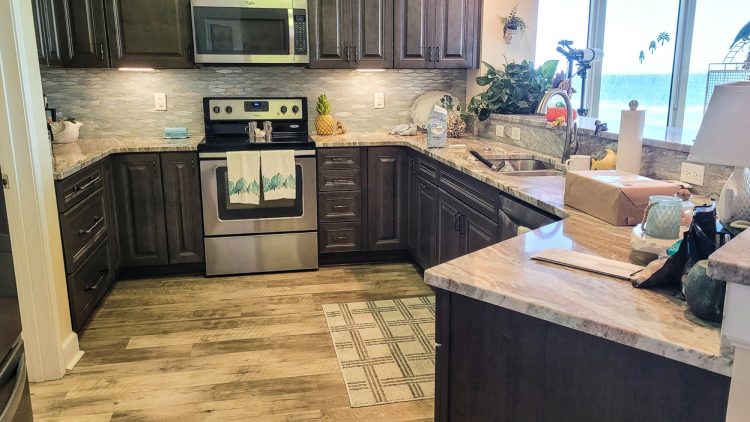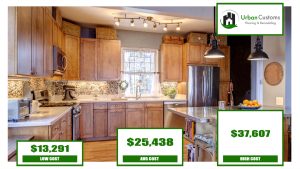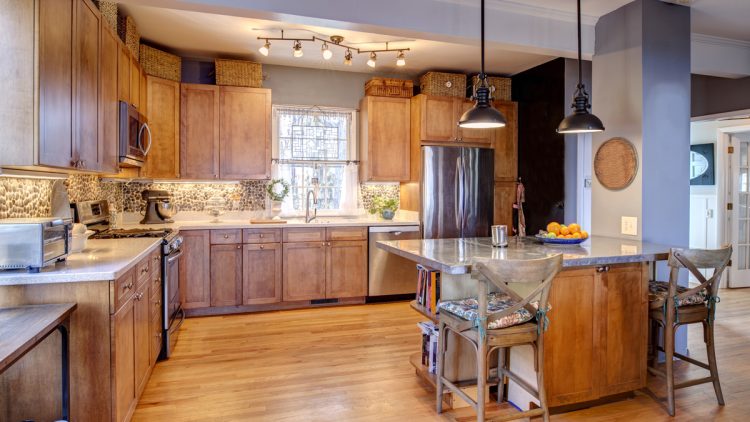Current Kitchen Remodel Trends
Kitchen remodel trends evolve over time, influenced by changes in lifestyle, technology, design preferences, and materials. Here are some current kitchen remodel trends:
- Open Concept Layouts: Open concept kitchens continue to be popular, creating a seamless flow between the kitchen, dining area, and living spaces. Removing walls or barriers allows for better interaction and socialization while maximizing natural light and space.
- Multi-Functional Islands: Kitchen islands serve as central hubs for food preparation, dining, and socializing. Current trends include multi-functional islands with built-in storage, seating areas, sinks, and appliances such as wine refrigerators, microwaves, or dishwashers.
- Smart Technology Integration: Smart technology is increasingly being integrated into kitchen design, offering convenience, efficiency, and connectivity. This includes smart appliances, touchless faucets, voice-activated assistants, and integrated charging stations.
- Storage Solutions: Efficient storage solutions are essential for keeping kitchens organized and clutter-free. Trends include pull-out pantry shelves, deep drawers, corner cabinets with rotating shelves, and customized storage solutions for pots, pans, and utensils.
- Statement Lighting: Statement lighting fixtures add personality and style to kitchen spaces. Trends include oversized pendant lights, geometric chandeliers, and integrated LED lighting systems that highlight architectural features and illuminate workspaces.
- Mixed Materials: Mixing materials and textures adds visual interest and depth to kitchen design. Popular combinations include natural wood with metal accents, contrasting countertop materials, and textured finishes such as matte or hammered metals.
- Bold Color Palettes: While white kitchens remain timeless and classic, bold colors are making a comeback in kitchen design. Rich jewel tones, vibrant blues, greens, and warm earthy hues are being used on cabinets, backsplashes, and accent walls to add personality and depth.
- Natural Elements: Incorporating natural elements brings warmth and authenticity to kitchen spaces. Trends include natural stone countertops, wood cabinetry, exposed brick or stone walls, and organic materials such as rattan, bamboo, or reclaimed wood accents.
- Minimalist Design: Clean lines, simple forms, and minimalist aesthetics are popular in modern kitchen design. Streamlined cabinetry, handleless cabinets, and sleek hardware contribute to a minimalist look that feels both contemporary and timeless.
- Indoor-Outdoor Connection: Creating a seamless transition between indoor and outdoor spaces is a growing trend in kitchen design. This includes large sliding or folding doors, outdoor kitchens with cooking and dining areas, and integrated landscaping to blur the lines between indoors and outdoors.
These are just a few of the current kitchen remodel trends shaping modern kitchen design. Ultimately, the best kitchen remodel is one that reflects your personal style, preferences, and lifestyle needs.
emodel Estimates
If you are searching for “Kitchen Remodeling Near Me“, “Kitchen Remodeling Companies“, “Kitchen Remodeling Contractors Near Me“, or “Kitchen Remodeling Phoenix Arizona“, Urban Customs can help!
Our kitchen remodeling contractors service the entire Phoenix Valley Area, including Phoenix, Gilbert, Glendale, Peoria or anywhere else in the Valley of the Sun. Give us a call today at 480-747-2516 for a kitchen remodeling estimate.[/vc_column_text][/vc_column][/vc_row]

